Atopic dermatitis is an inflammatory skin disease, starting in childhood with a chronic, intermittent or persistent course. About 10% of people in North America are affected. 80% of cases do not persist after the age of 8. Asthma and allergic conjunctivitis may also frequently be associated with atopic dermatitis.
Advances in the field of atopic dermatitis have been especially exciting this year.
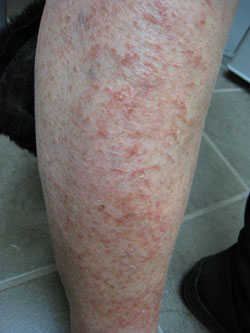
Atopic Dermatitis Associated with other Conditions:
The disease burden of atopic dermatitis includes dermatitis/eczema symptoms (e.g. itching), loss of work productivity, impaired quality of life, and sleep disturbance.
Also of note, infants with severe atopic dermatitis and egg allergy are at a risk for peanut allergy. These children should be exposed at an earlier age to foods containing peanuts, starting at 4-6 months as appropriate. However, this early addition of peanuts to the diet did not improve the atopic dermatitis.
Multiple studies have cited the association between atopic dermatitis and attention deficit hyperactivity disorder (ADHD). Atopic dermatitis patients may also have an increased risk of cardiovascular disease, as well as an increased risk of autoimmune diseases, certain malignancies and neuropsychiatric disease.
General Measures:
General recommendations include: short baths and cotton clothing, along with gentle laundry detergent. Emollients should be advised to the entire body after every bath, the thicker (e.g. ointments/balms/creams preferred over lotions) the better, but still elegant enough that the patient will use it regularly. Ideally fragrance-free emollients are to be used, and they should start from birth. Also, the early introduction of fish into the diet of pediatric patients is being advised.
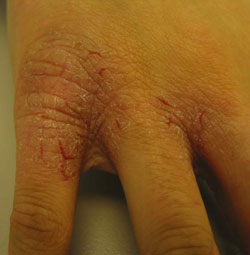 Dealing with itch, the new prescription antihistamine Bilastine (Blexten®) is safe and effective, and it does not cause sleepiness. For those having difficulty sleeping, melatonin is a reasonable alternative to sedating antihistamines.
Dealing with itch, the new prescription antihistamine Bilastine (Blexten®) is safe and effective, and it does not cause sleepiness. For those having difficulty sleeping, melatonin is a reasonable alternative to sedating antihistamines.
The importance of the human microbiome is receiving much attention of late. Reduction in bacterial diversity is a major contributing factor in the pathogenesis of atopic dermatitis. Dysbiosis – the imbalance of normal flora and pathogenic microorganisms – must be repaired. Prebiotics are the most promising supplements which contain nondigestable ingredients that selectively stimulate growth and/or activity of indigenous bacteria. Additionally, thermal water has gotten a lot of attention due to the selenium within it. Selenium is anti-inflammatory, anti-neoplastic, keratolytic, and help increase safe levels of gram-negative bacteria Xanthomonas, which helps to balance the high levels of gram-positive bacteria present on the skin.
New Treatment Options:
Topical corticosteroids and topical calcineurin inhibitors (e.g. Protopic®, Elidel®) are first line treatments for atopic dermatitis. Often times a topical steroid is used to get the eczema under quick control (“like a firehose”), and then Protopic® or Elidel® are used preventatively on an ongoing basis, often 2-3 times per week, on previously affected areas to prevent recurrence. Protopic® & Elidel® are also great options for sensitive areas of skin such as the face, neck, ears, armpits and groin, and both are frequently used off-label for other conditions such as seborrheic dermatitis, vitiligo, and more.
After many years with few new products available for atopic dermatitis, there has been a recent flurry of activity regarding pharmacologic treatments for atopic dermatitis. Crisaborole (Eucrisa®, Pfizer), a topical phosphodiesterase-4 inhibitor, was approved in December 2016 in the U.S. as a safe and effective topical treatment for pediatric patients as young as 2 years old. The advent of crisaborole provides an alternative steroid-sparing agent. It will likely be available in Canada in early 2019.
Dupilumab (Dupixent®, Sanofi-Genzyme), an IL-4 and IL-13 inhibitor, was approved in the U.S. for adult patients in March 2017 and in Canada in December 2017 as the first biologic to target atopic dermatitis. Phase II trials are currently ongoing for pediatric patients from ages 12 to 17. Younger patients are being actively enrolled at numerous sites and studies will soon be underway for patients 2-12 years old. Both the effectiveness and safety of this medication are excellent, so this has been a major advance in our management of more extensive atopic dermatitis/eczema. Other biologic agents such as Nemlizumab, Tralokinumab, Lebrikizumab & Tezepelumab are on the horizon, so thankfully there are many exciting developments and options to come.
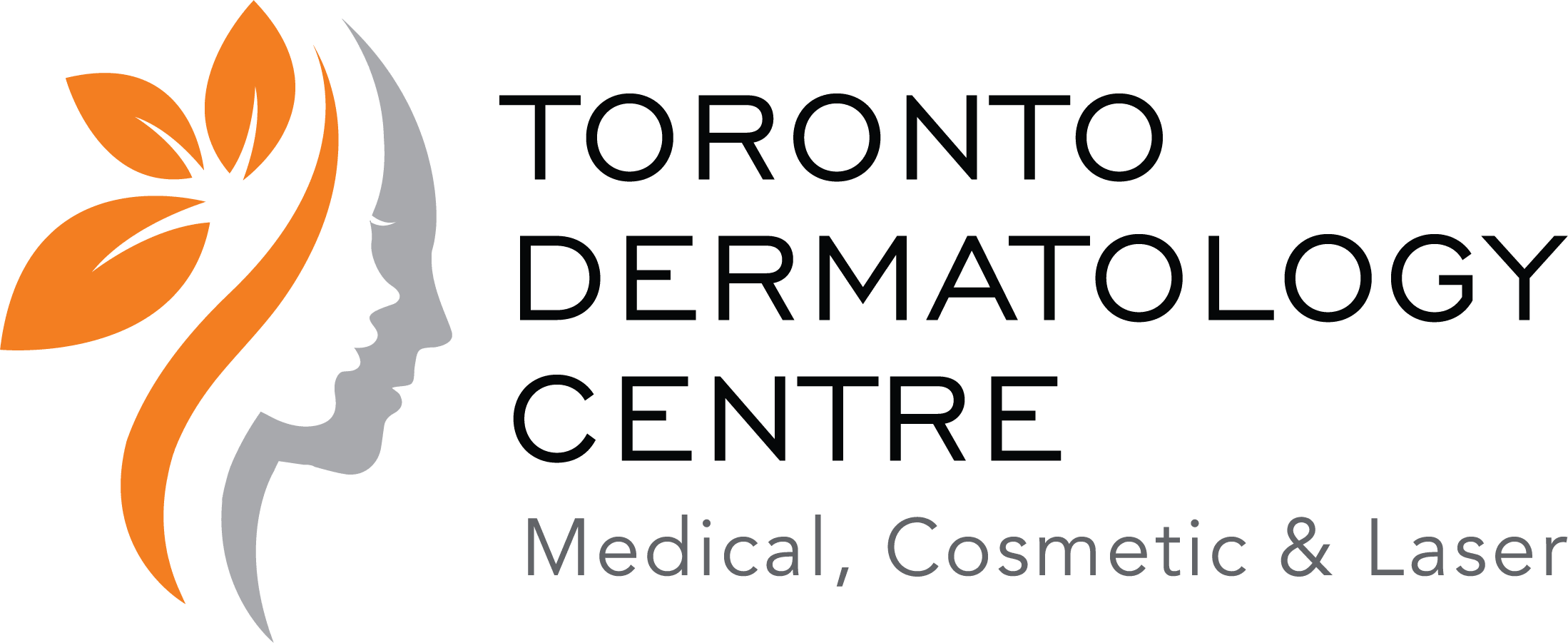

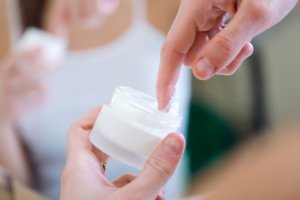
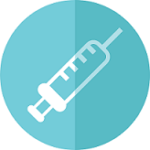
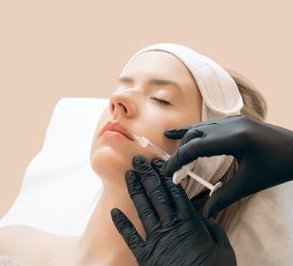 While Botox is most commonly associated with middle-aged people looking to turn back the clock, there’s a growing trend among the younger set who want to fight off signs of aging before they ever show up. And in a social-media obsessed world flooded with selfies, it’s no surprise millennials are turning to this option in order to look their best.
While Botox is most commonly associated with middle-aged people looking to turn back the clock, there’s a growing trend among the younger set who want to fight off signs of aging before they ever show up. And in a social-media obsessed world flooded with selfies, it’s no surprise millennials are turning to this option in order to look their best.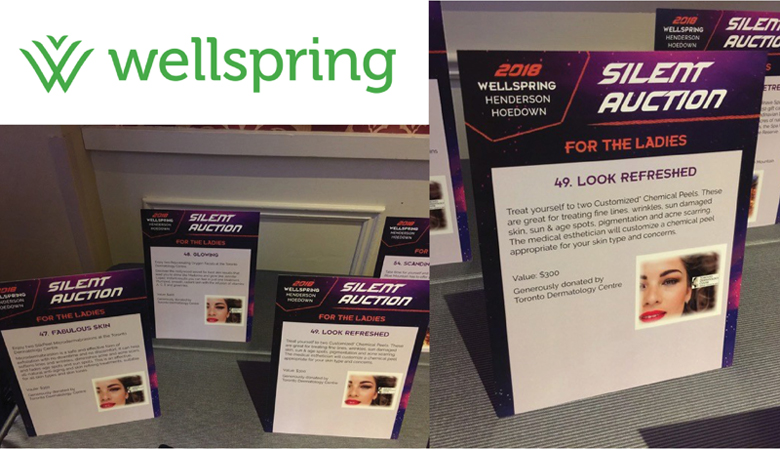
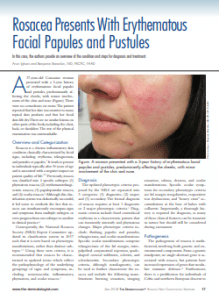
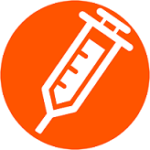
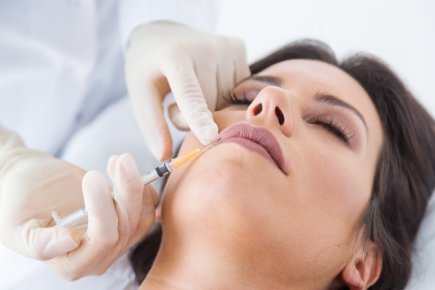 Getting
Getting  Tamara O’Brien a Canadian trampoline athlete who was performing at the highest competitive level. She was working hard towards her dream but one day she noticed a lump in her neck and then it was as if her worst nightmare had come true. “I was profoundly dumbfounded. I thought I was dreaming. How could I have cancer? I’m 20, I’m an athlete and I’m healthy,” she said. O’Brien was diagnosed with skin cancer, melanoma, while she was in the midst of preparing for the world championships.
Tamara O’Brien a Canadian trampoline athlete who was performing at the highest competitive level. She was working hard towards her dream but one day she noticed a lump in her neck and then it was as if her worst nightmare had come true. “I was profoundly dumbfounded. I thought I was dreaming. How could I have cancer? I’m 20, I’m an athlete and I’m healthy,” she said. O’Brien was diagnosed with skin cancer, melanoma, while she was in the midst of preparing for the world championships. 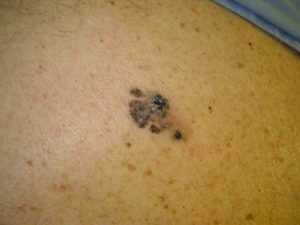 Here’s a sobering fact: Since the 1980s, incidences of
Here’s a sobering fact: Since the 1980s, incidences of